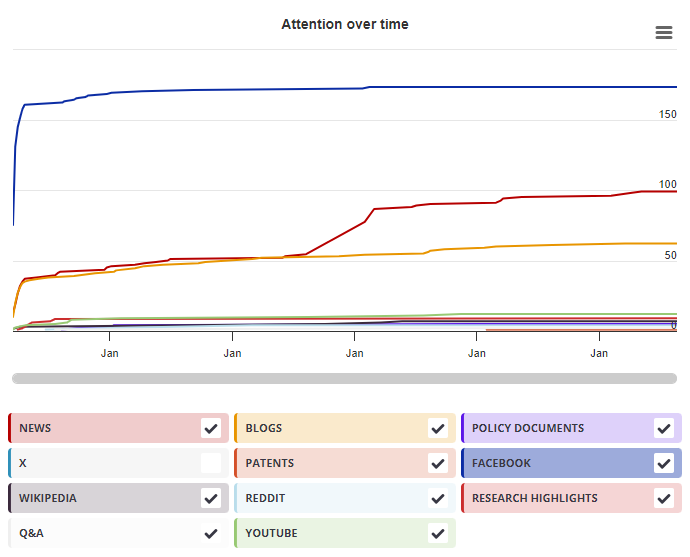This research output has an Altmetric Attention Score of 4. This is our high-level measure of the quality and quantity of online attention that it has received. This Attention Score, as well as the ranking and number of research outputs shown below, was calculated when the research output was last mentioned on 27 August 2020.
All research outputs
#7,776,641
of 24,157,645 outputs
Outputs from Frontiers in Microbiology
#8,315
of 27,244 outputs
Outputs of similar age
#83,449
of 288,625 outputs
Outputs of similar age from Frontiers in Microbiology
#120
of 406 outputs
Altmetric has tracked 24,157,645 research outputs across all sources so far. This one has received more attention than most of these and is in the 67th percentile.
So far Altmetric has tracked 27,244 research outputs from this source. They typically receive a little more attention than average, with a mean Attention Score of 6.4. This one has gotten more attention than average, scoring higher than 68% of its peers.
Older research outputs will score higher simply because they've had more time to accumulate mentions. To account for age we can compare this Altmetric Attention Score to the 288,625 tracked outputs that were published within six weeks on either side of this one in any source. This one has gotten more attention than average, scoring higher than 69% of its contemporaries.
We're also able to compare this research output to 406 others from the same source and published within six weeks on either side of this one. This one has gotten more attention than average, scoring higher than 65% of its contemporaries.
